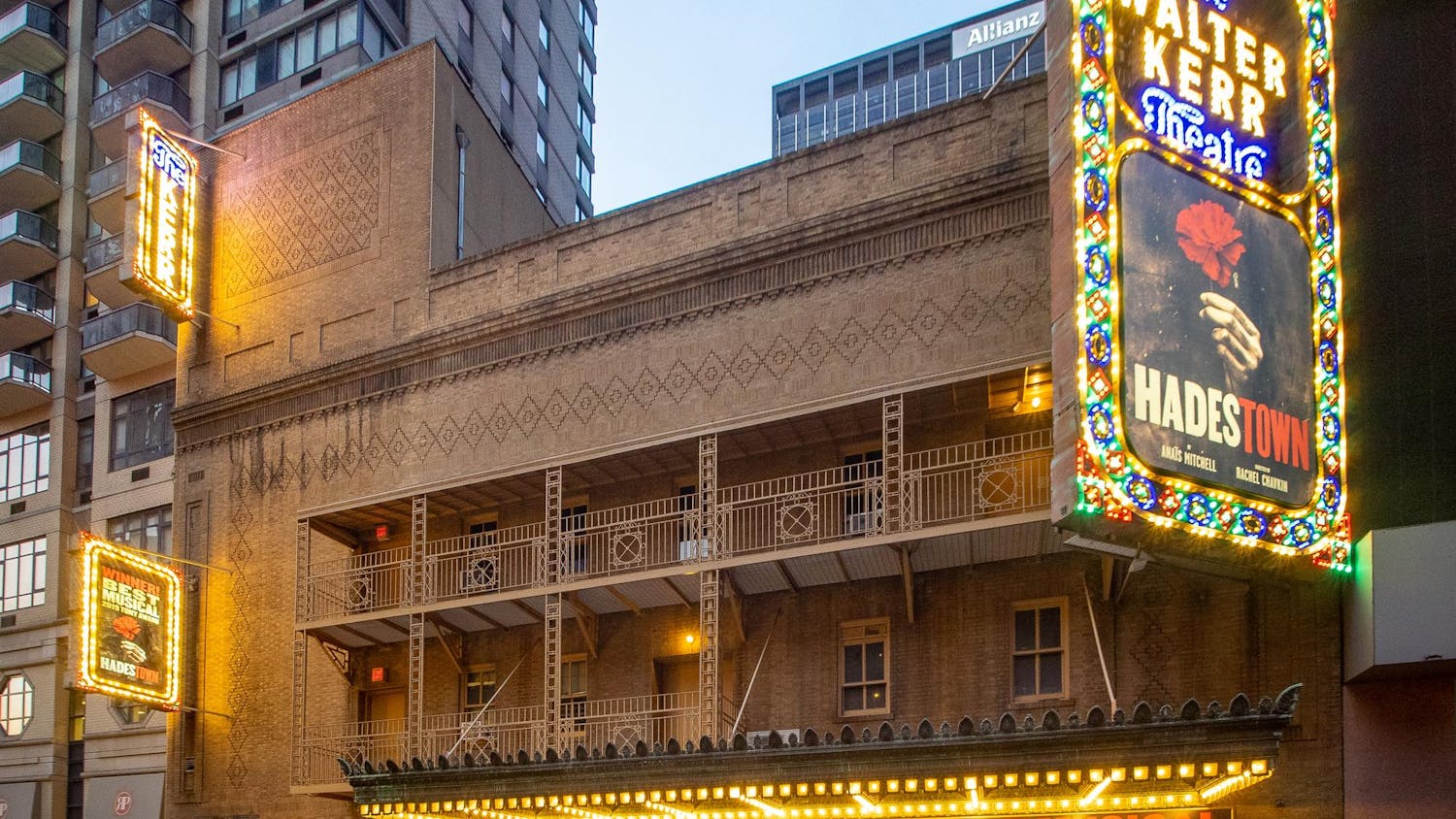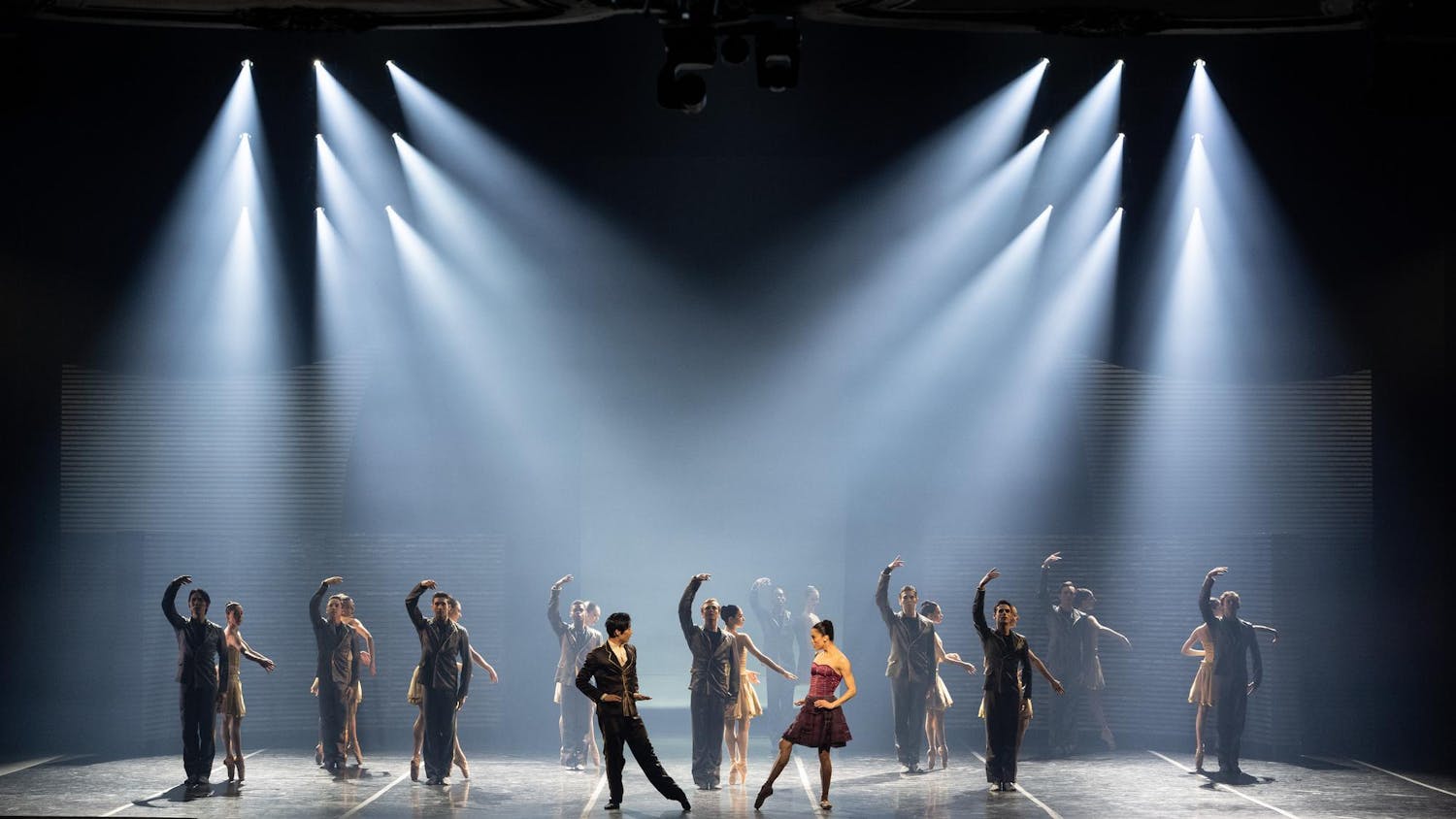For months, the Isabella Stewart Gardner Museum has been touting its new show, “Off the Wall: Gardner and Her Masterpieces,” as a once-in-a-lifetime opportunity to see works from the museum’s collection. But with its dark gray-blue walls and dim lighting, “Off the Wall,” despite its impressive sampling of works by Dutch masters and Italian Renaissance painters hung neatly around the museum’s Hostetter Gallery, hardly appears to be a particularly groundbreakingexhibit. In fact, it seems to be precisely the opposite — the didactic labels, modern lighting techniques and works from the art historical canon seem entirely ... normal. The exhibit, which opened March 10 and runs through Aug. 15, does not exactly scream “once-in-a-lifetime opportunity.”
In any other museum, “Off the Wall” might not be a particularly unusual show. At the Gardner, however, as anyone who has visited the museum will know, the show represents a rather extraordinary opportunity. Isabella Stewart Gardner, the Boston heiress and art collector who founded the museum, stipulated in her will that nothing in the building — which is modeled after a Venetian palazzo — can be altered. The various arrangements of art and furniture must forever remain as they were during her lifetime. While this means visitors get to enjoy Gardner’s idiosyncratic displays, the aesthetic experience she designed is hardly the stuff of a museum curator’s dreams. Paintings are often hung at odd heights — well above or below eye-level — and they are obstructed by household objects or impaired by poor lighting. It is an exceptional space, one that Gardner has meticulously constructed, but not one that always allows for visitors to examine her impressive and infamous collection in the best viewing conditions.
When the second floor of the palace was forced to close due to roof repairs, the Gardner saw an opportunity to show off 25 of the second floor’s best pieces in a more conventional setting, and thus “Off the Wall” was born. The show, located in the museum’s new Renzo Piano-designed wing (opened in 2012), employs modern display techniques, allowing museumgoers to see the showcased works as they quite literally cannot be seen in the old palace. The result is, unsurprisingly, one that is hard to find fault with. There is, however, one minor drawback: the show’s proximity to the bathrooms, which are unfortunately located across the hall from the exhibit’s entrance to the Hostetter Gallery. Any attempts to gaze at Rembrandt’s “Self-Portrait, Age 23” (1629) are sadly disrupted by the frequent sound of automatically flushing toilets — not quite the ideal atmosphere for contemplating Gardner’s prized masterpieces.
While “Off the Wall” certainly does prove an opportunity to see a slice of Gardner’s collection in a new light, it was not just an updated aesthetic experience for visitors that the show’s curators were interested in providing. “Off the Wall” also aims to tell the story of Gardner as a collector and her place in the art world. This is done first and foremost through labels, which, rather than focusing entirely on the particular painting itself, are devoted in large part to describing Gardner’s relationship with the piece, how it came to her collection and why she wanted it.The palazzo itself, per Gardner’s will, contains no labels of any sort; unless visitors are on a guided tour, they often meander through the space without learning specific information about the art or about Gardner herself.
“Off the Wall” works to correct this, often not too subtly. The show, for example, features small reproductions of two works stolen from the museum in the infamous 1990 theft, Johannes Vermeer’s “The Concert” (1665) and Rembrandt’s “The Storm on the Sea of Galilee” (1633) — works that are central to the story of Gardner as collector. “The Concert” is of particular importance; Gardner beat out the Louvre and the National Gallery in London to acquire the piece, marking her as a preeminent figure in the art world.
“Off the Wall” continues into the palazzo itself in a small gallery called the “Vatichino,” where the Gardner-as-collector narrative picks up. The “Vatichino,” a word Gardner invented, boasts material from the museum's vast archive. Museumgoers can examine, among other things, a sampling of Gardner’s letters, receipts and photographs.
With this unmistakable emphasis on history, “Off the Wall” becomes less of an aesthetic experience and more of a historical one. The palazzo, chock-full of sensual and aesthetic experiences, sorely lacks the more educational elements that “Off the Wall” has prioritized. The show’s focus on Gardner’s history allows “Off the Wall” to serve as a much-needed complement to the story Gardner has constructed in the palace itself. Once-in-a-lifetime opportunity? You bet.
Isabella Stewart Gardner's masterpieces shine in 'Off the Wall'

The "Off the Wall: Gardner and Her Masterpieces" exhibit at the Isabella Stewart Gardner Museum.
Summary
"Off the Wall" allows visitors to get up close and personal with works from the collection, but, more importantly, it provides visitors with a history of Gardner the palazzo itself does not tell.
5 Stars





